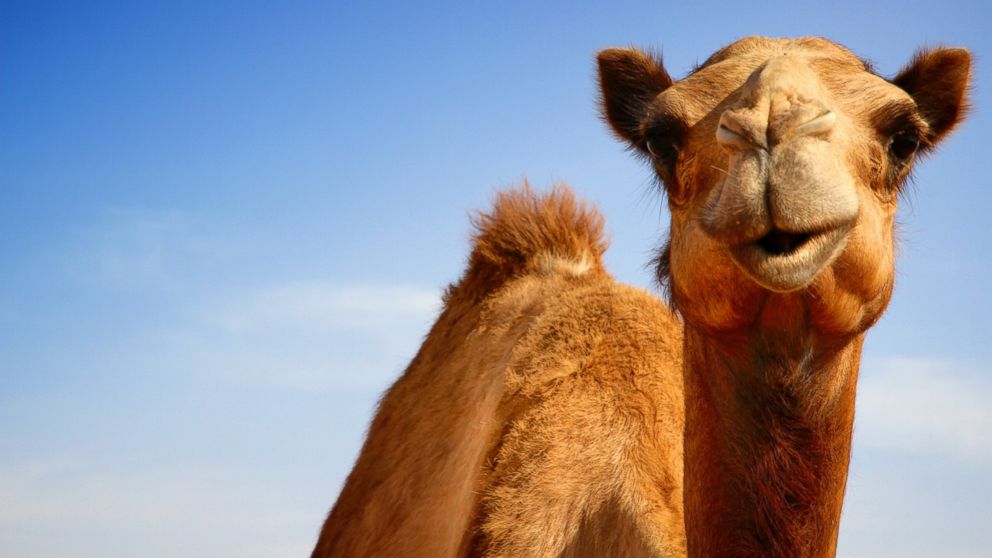Got Camel Milk? Alternative Dairies Gain Popularity Around Country
Proponents of the beverage taut health benefits, great taste.

Aug. 22, 2014— -- As more Americans continue to explore alternative milks, such as goat, sheep, soy, and nut milk, another contender for the title of "it" beverage has emerged and slowly lumbered into America's refrigerators.
That's right, camel milk is having a moment.
With just seven camel milk dairies currently producing in the U.S., the alternative refreshment is still a long way from becoming a cereal-bowl staple. But with American consumers becoming increasingly curious and health conscious, producers are seeing more demand than they have in decades.
The Raw Truth About Unpasteurized Milk
Cute Baby Gurgles Milk To Communicate
In Wray, Colorado, Camelot Camel Dairy is currently building the state's first camel dairy with an eye toward coordinating local camel shares and producing pasteurized milk, as well as soap and other retails items.
Desert Farms, a camel dairy based in Santa Monica with partner farmers around the country, recently moved beyond mail- and online-orders for its pints of raw camel milk to making them available in 40 Whole Foods locations throughout California, where people are pairing it with everything from Oreos to dried crickets.
This, despite the hefty pricetag of $18 per pint.
"I am thrilled with the nutrient value of camel's milk," wrote one consumer on the Desert Farms website. "However, I must admit, at $16-$18 dollars per pint, this cannot become a mainstay in the household, yet it can be an occasional treat."
Part of the reason camel's milk is more costly that dairy milk, soy milk or other alternative milk beverages is the time and labor necessary for production. Mother camels gestate for 13 months, only release milk when encouraged by their calves to do so, and express milk for approximately 90 seconds at a time.
In addition, camel importation is banned in the U.S. So the only option is breeding from the 3,000 available livestock currently grazing. A single animal can cost from $4,000 to $6,000.
Desert Farms works exclusively with Amish farmers who tend a herd of six camels at maximum. So the yield is vastly smaller than milk produced on even organic cow dairies, which can have as many as 70 cows or more.
Cost per pint can be lowered, however, by joining membership programs that deliver in larger increments, such The Camel Milk Association (CMA) in Michigan. For a $25 membership fee plus a $99 order, one can receive nine pints of fresh, raw, American-raised camel's milk shipped anywhere in the U.S.
It's still a far cry from a $3.67 gallon of cow's milk. But some say the health benefits of camel's milk far outweigh the expenditure. The CMA cites myriad studies on its website, noting that the beverage "contains more fat, protein (especially casein), ash, calcium, magnesium, phosphorus, potassium, sodium, iron and copper, and less whey protein, lactose and zinc" than cow's milk.
Other claims on the CMA site state that those with lactose sensitivities are able to digest camel's milk easily and that "children with autism are reported to have shown a reduction in autism symptoms and improved motor skills, language, cognition, joint attention and skin health," after consuming camel's milk regularly.
There is little scientific data to back up the latter claim.
So how does camel milk taste? It depends on who you ask. To some, the flavor is "sweet and creamy." Others say, "Tasted like cow's milk to me, nothing sweet about it."